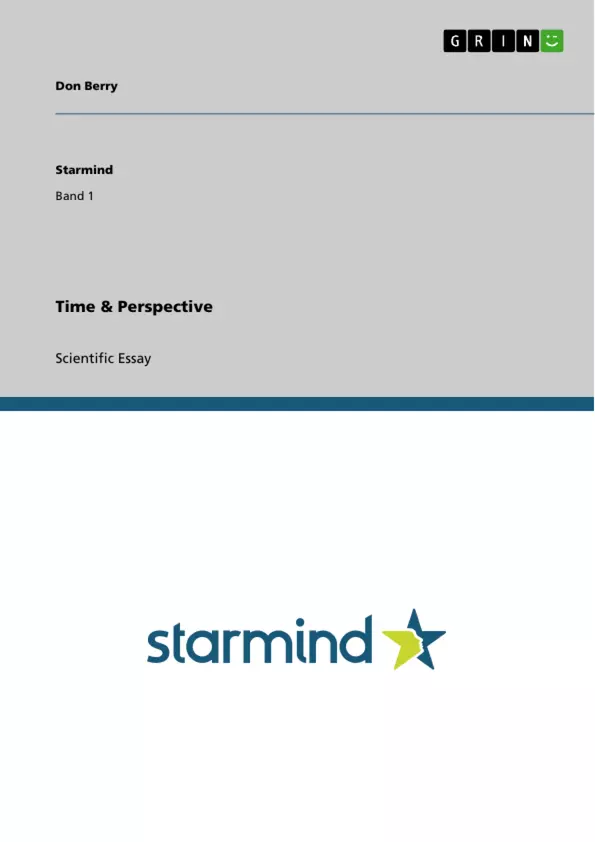It is commonly thought that what is taking place in the present is all that exists: the past no longer exists, and the future is yet to exist - merely an abstract set of possibilities. This view is known as ‘tensed’ time.
It turns out, however, that this view of time is deeply problematic, and so some philosophers and scientists have suggested that time is in fact more like a dimension: the physical ordering of a set of stages of the Universe, which all exist together as one connected object. According to this picture of things, there are actually no differences between what we perceive as present, past and future: they are all equally real.
In Part I of this essay, Don Berry sets out the four-dimensionalist picture in more detail, and presents various arguments against the classical tensed view. In Part II, the essay explores how the knowledge that every moment of time exists can change the way we think of ourselves and the world around us in our everyday lives; from the debate about free will, to a concern that is close to many of us: human mortality.
- Quote paper
- Don Berry (Author), 2010, Time & Perspective, Munich, GRIN Verlag, https://www.grin.com/document/165550



